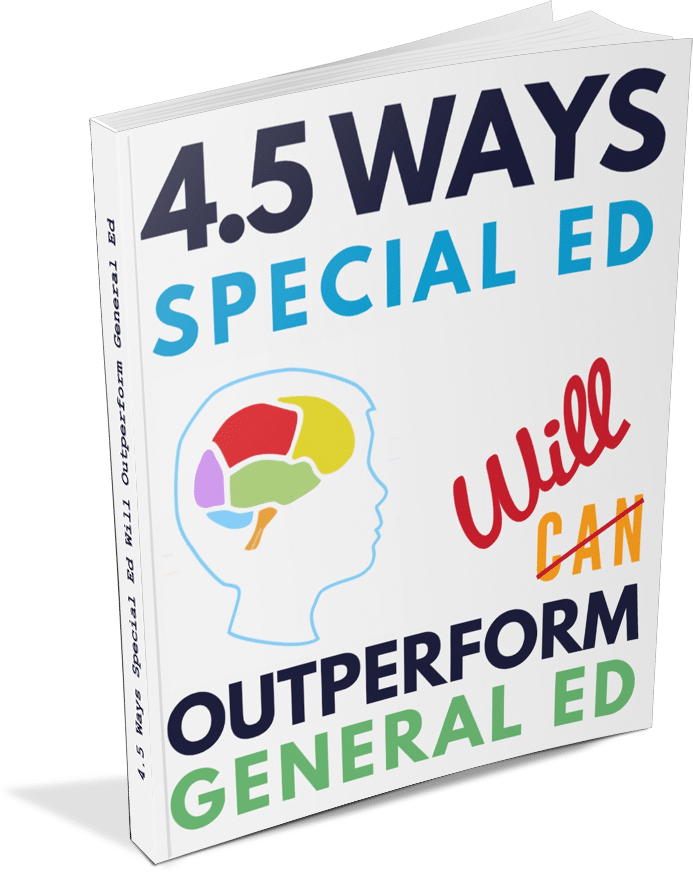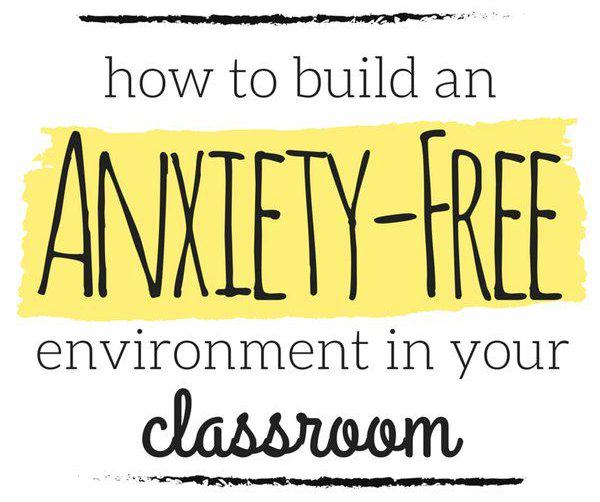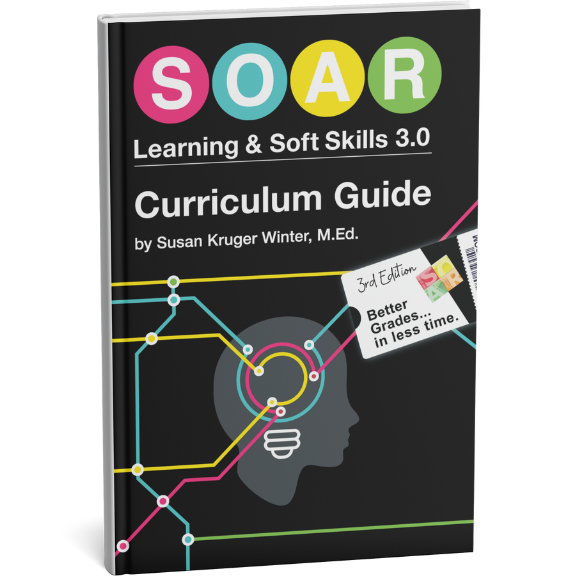How to Build an “Anxiety-Free” Environment in Your Classroom
Previously, I wrote about How to Help Your Students Manage Anxiety. If you haven’t read that article yet, I suggest you start with it, here. It explains what causes anxiety, which is key to understanding how to manage it.
Today, I want to share some strategies for building an “anxiety-free” environment in your classroom. Obviously, you cannot protect your students from all anxieties they may be carrying. But, you can dramatically reduce the impact of anxiety in your classroom.
“Emotions are the on/off switch to learning.” Priscilla Vail, author of Smart Kids with School Problems said this frequently. She said it so well! If we want our students to learn, we have to manage the emotions in our classroom. We have to do everything we can to make the boundaries of our four walls an “Anxiety-Free Zone.” Fortunately, there are five, very simple, ways to support positive emotions in the classroom…
5 Ways to Clear Anxiety from Your Classroom
1. Get Students in the “Green Zone” Every Day
Open each class with something goofy, funny, or disarming. It could be a riddle or joke from a book or a question from a trivia game. This helps lighten the mood and unify the energy of the class.
This idea came from my husband, Brian, when he was a high school teacher. We still run into former students that tell us how much they loved “Tuesdays’ Two-Minute Mysteries” or “Bad Joke Fridays.” Those few minutes at the start of every class paid dividends! All these years later, students remember how Brian made them feel in his classroom. Brian wrote more about this routine. Check it out here: Student Motivation: How to Get Students in the Green Zone. (It’s our all-time most popular article!)
2. Focus on Students’ Strengths
There are two great questions to introduce to your class. Post them on the wall. Talk about them on the very first day of class… and keep asking them throughout the entire time students are in your class:
- HOW are you smart?
- What are your superpowers?
When you start with students’ strengths, you build a classroom culture of positivity and acceptance. You help students feel confident in their abilities. Now, if they struggle with something in your class, they understand that struggle does not define who they are. The fear of failure (a common trigger for anxiety) fades away when you start with strengths. See supporting articles here: Increase Motivation: Identify Your Multiple Intelligence and What Is Your Superpower?
3. Teach Students about the Brain and How to Manage Anxiety
We are all human. That means that we all have worries and anxieties. One of the best ways to create an “anxiety-free” zone is to teach your students what anxiety is and how to deal with it. See my companion article, How to Help Your Students Manage Anxiety.
4. Teach Skills for Accessing the Content You Teach
There is nothing more frustrating for a student than not knowing how to do what has been assigned. We rarely teach students how to learn new information, let alone how to study for a test. We don’t teach students how to organize themselves or manage their time. Yet, we expect them to do all of these tasks, and much more. We must empower our students with effective and efficient skills for accessing the content we expect them to learn… with study skills, of course! 🙂
5. Encourage Pairing
This step requires expert care or it will cause more harm than it cures! However, if you’ve built a “safe” classroom culture focused on students’ strengths –and you match partners with care—pairing is a wonderful learning experience!
(NOTE: Never EVER tell students to simply “find a partner;” that will trigger an immediate backfire in the most anxiety-prone students! Always have some quick mechanism for assigning partners: counting off, drawing cards, pulling “Popsicle sticks,” etc.)
Humans are social creatures; we are designed to support each other, work together, and collaborate to solve problems. So, it’s only natural that pairing with others can dramatically reduce anxiety for many learning situations. Students can work in pairs to discuss/process information from a lecture, write a paper together, quiz each other for an upcoming quiz or test, etc. For more ideas and insights, see our article, Working in Pairs: The Most Powerful Productivity Tool Ever!
Conclusion
These five steps are all about setting a tone of “safety and support” in your classroom. They require some specific attention to integrate, but they can soon blend into the background of your classroom environment.
But, the most important element is one I did not list because you can’t do it. You can only “be” it… that is compassionate and caring.
It’s clear that you are both compassionate and caring, or you wouldn’t have read this far! Chances are, you are also very hard on yourself. You probably hold yourself to high expectations and never feel fully successful in the classroom.
Always remember that students will rarely remember the content you taught them. But, they will remember how you made them feel. Just by being your compassionate and caring self, you will make a positive impact on students! This article is simply designed to help you bring more structure and to what you already aspire to do. Your students are lucky to have you!
To your students’ success,
Susan Kruger Winter, M.Ed.
Get Our Free Guide & Info for Special Ed

"*" indicates required fields
Get Our FREE Curriculum Guide!
The SOAR® Curriculum
The most critical learning, organizing, and communication skills needed for school. Learn more here.
Who’s Using SOAR®?
Click here to learn more.






